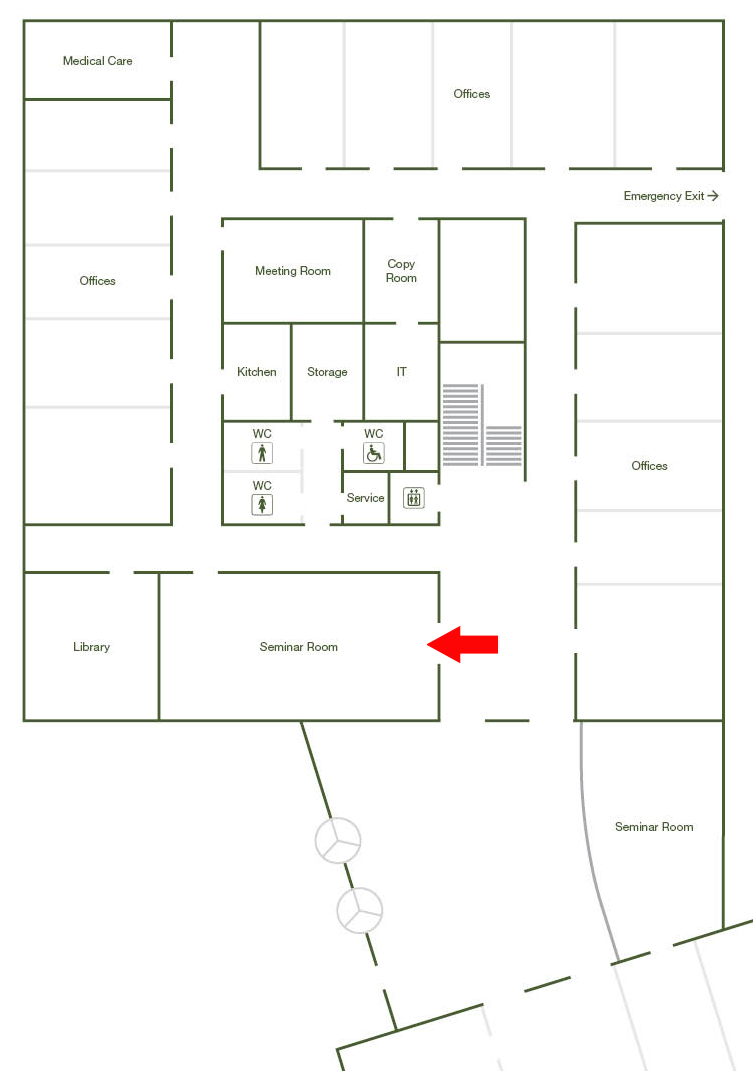Auxin Response Factor phase transitions to drive hormone response and development in plants
Date
Monday, December 3, 2018 15:00 - 16:00
Speaker
Lucia Strader (Washington University in St. Louis)
Location
Big Seminar room Ground floor / Office Bldg West (I21.EG.101)
Series
Seminar/Talk
Tags
Life Sciences Seminar
Host
Jiri Friml
Contact

The phytohormone auxin plays crucial roles in nearly every aspect of plant growth and development. The AUXIN RESPONSE FACTOR (ARF) family of transcription factors regulates auxin-responsive gene expression and exhibit nuclear localization in regions of high auxin responsiveness. Here we show that activating ARF7 and ARF19 proteins accumulate in micron-sized assemblies within the cytoplasm of tissues with attenuated auxin responsiveness. The intrinsically disordered middle region and the folded PB1 interaction domain of ARFs drive protein assembly formation. Mutation of a single lysine within the PB1 domain abrogates cytoplasmic assemblies, promotes ARF nuclear localization, and results in an altered transcriptome and morphological defects. Our data suggest a model in which ARF nucleo-cytoplasmic partitioning regulates auxin responsiveness, thus providing a mechanism for cellular competence for auxin signaling.